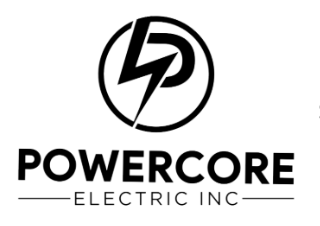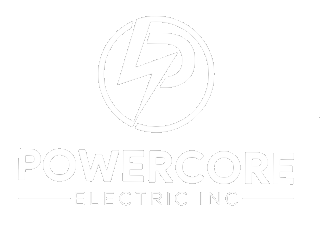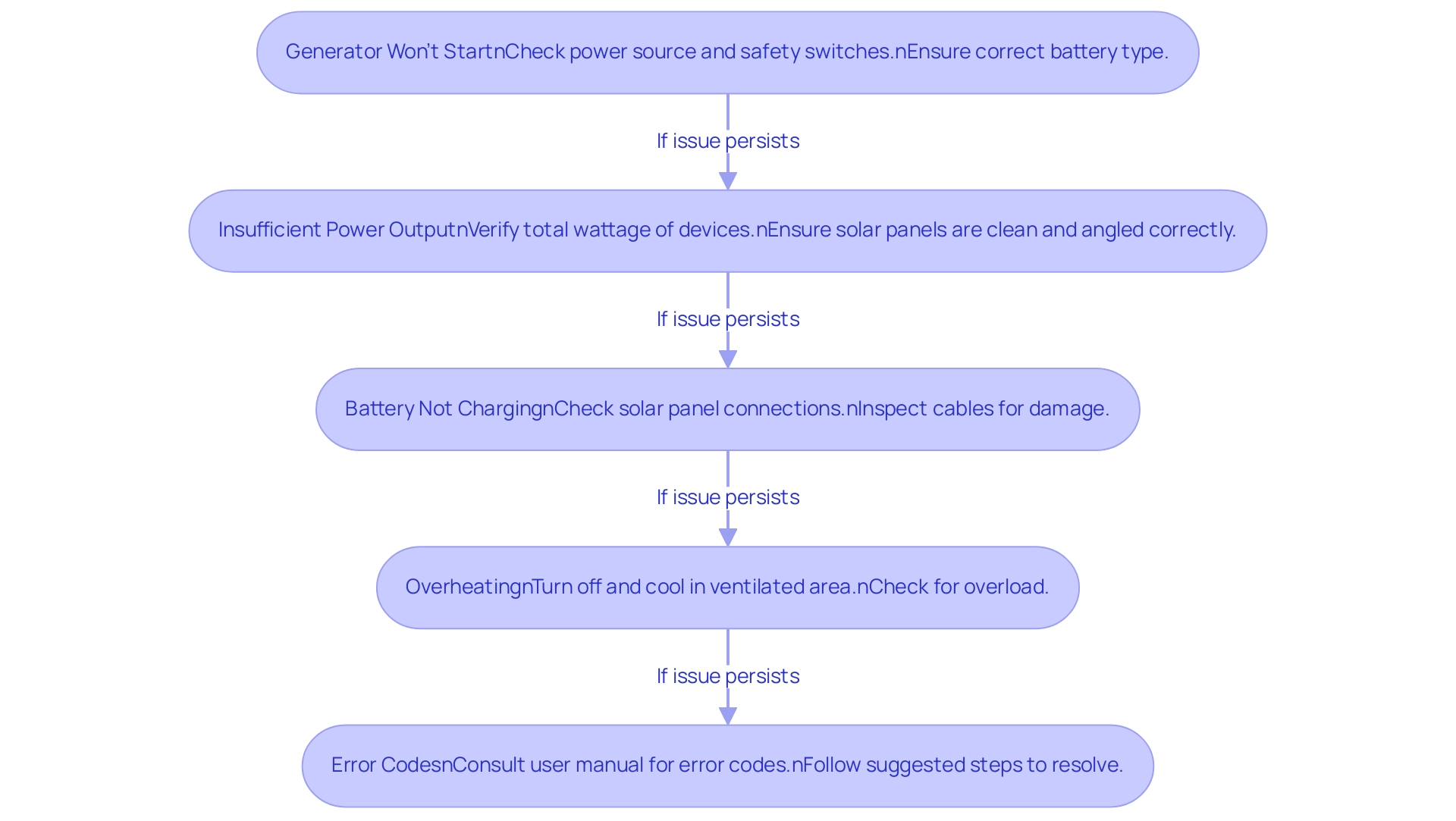Introduction
In the quest for sustainable energy solutions, solar-powered generators have emerged as a beacon of hope for homeowners looking to reduce their carbon footprint and embrace renewable energy. However, navigating the world of solar generators can be a bit daunting, especially with the myriad of options available on the market.
From understanding wattage requirements to ensuring compatibility with solar panels, making the right choice requires careful consideration. This guide delves into essential factors to keep in mind when selecting a solar-powered generator, effective usage tips, and strategies for maximizing energy efficiency.
With the right insights, homeowners can confidently harness the power of the sun, ensuring reliable energy for their needs while contributing to a greener future.
Key Considerations for Choosing a Solar-Powered Generator
Selecting the appropriate solar powered power outage generator can feel overwhelming, but by considering a few key factors, you can make a well-informed decision that fits your needs perfectly. Here’s what to look for:
-
Wattage Requirements: Start by determining the total wattage of the devices you plan to power.
A good rule of thumb is to choose a solar powered power outage generator with a wattage rating that exceeds your needs, ensuring you have a dependable supply when it counts. In 2022, sunlight power represented a substantial share of electricity sales, highlighting the increasing significance of sunlight solutions.
-
Energy Storage: Examine the device’s energy storage capacity, which is quantified in amp-hours.
A higher capacity in a solar powered power outage generator translates to longer usage time for your devices, providing you with peace of mind during outages. Remember, the top battery choices for effective power storage, such as the Tesla Powerwall or LG Chem RESU, can improve your system’s performance.
-
Panel Compatibility: Check if the generator can be charged using photovoltaic panels you already own or plan to purchase.
Choose models featuring MPPT (Maximum Power Point Tracking) technology, which improves charging efficiency and optimizes usage from photovoltaic panels. It’s worth noting that while solar energy generation emits no greenhouse gases, the manufacturing of photovoltaic cells involves hazardous materials and requires large land areas for utility-scale projects.
-
Portability: If you plan to use the device at various locations, consider its weight and design.
Many models, such as the solar powered power outage generator, feature wheels or handles for easy transport, making them more convenient for outdoor adventures or emergency situations.
-
Inverter Type: Decide between pure sine wave and modified sine wave inverters.
Pure sine wave inverters are ideal for sensitive electronics, while modified sine wave options are generally more budget-friendly.
-
Durability and Warranty: Look for a machine built to withstand the elements, especially if it will be used outdoors.
A solid warranty can also provide extra confidence in your purchase. Furthermore, think about how federal tax credits, like the production tax credit (PTC) and investment tax credit (ITC), can greatly lower installation expenses and assist your decision-making process for acquiring renewable energy systems.
These incentives can be particularly beneficial for Long Beach renters looking to invest in solar solutions.
By taking the time to assess these factors, including the evaluation of top solar batteries for energy storage, you’ll be well on your way to selecting a solar powered power outage generator that not only meets your energy requirements but also fits seamlessly into your lifestyle in Long Beach.
How to Effectively Use Your Solar-Powered Generator
To make the most of your solar-powered device, here are some friendly tips to keep in mind:
- Initial Setup: Upon receiving your device, take a moment to read the user manual carefully. Set it up in a well-ventilated area, away from anything flammable. This simple step is crucial for safety!
- Comprehending Panel Functionality: Connect your panels to the power source following the manufacturer’s guidelines. Position those panels to soak up the most sunlight—this will significantly enhance charging efficiency. Remember, optimal sun exposure is key to maximizing your solar energy usage!
- Charging the Battery: Once your power source is set up, use its outlets to connect your essential devices. Start with necessities like lights or your refrigerator. Be mindful not to exceed the generator’s wattage capacity to prevent overload.
- Guide to Selecting Solar Cells: Keep an eye on the level of the cell and wattage usage indicators. Regularly checking these helps you manage your power consumption effectively, ensuring you don’t run out of power when you need it most. Consider investing in top-rated power cells that align with your energy storage needs.
- Regular Maintenance: To prolong the lifespan of your device, clean the filters and inspect battery connections routinely. Regular maintenance is vital for efficiency and longevity. When not in use, store it in a dry place—this small action goes a long way in maintaining its performance. Refer to your user manual for specific cleaning instructions and maintenance schedules.
- Emergency Preparedness: Make it a habit to test your power supply periodically, especially before anticipated outages. Getting to know its functionality can relieve the pressure of real power outages.
Moreover, be informed about local government initiatives and incentives that can help you transition to renewable power. These programs can offer financial assistance or tax incentives for photovoltaic installations, making it easier for environmentally-aware homeowners to adopt sustainable power solutions.
By following these straightforward yet effective tips, you’ll be well-prepared to efficiently utilize your solar powered power outage generator, ensuring you have reliable power when it’s needed the most. As emphasized by the substantial 40 MW photovoltaic facility established by Reliance Power Ltd. in Rajasthan, renewable power is making a significant impact. Moreover, as Fenice emphasizes, advancing renewable sources not only benefits our homes but also contributes to a sustainable future.
The continuous shift in power usage via photovoltaic systems encourages sustainable resource adoption, rendering it a crucial factor for environmentally aware homeowners.
Understanding Solar Panel Integration
Combining photovoltaic panels with your renewable energy system is a simple yet significant procedure that can greatly improve your home’s energy efficiency and possibly save you between $5,000 and $20,000 in energy expenses. Here’s how to do it:
-
Select Compatible Panels: Begin by verifying that your energy panels align with your power source’s input specifications.
Pay close attention to the voltage and amperage ratings to guarantee a smooth connection. As Chicago-based writer Lee Ann Merrill notes, selecting the right panels is crucial for maximizing efficiency.
-
Connect Panels to the Generator: Use the appropriate cables to link your photovoltaic panels to the generator, following the manufacturer’s guidelines.
This step is essential for a secure and efficient setup, ensuring that your system operates effectively.
-
Position Panels for Optimal Sunlight: Find a sunny spot for your energy panels, ensuring they receive unobstructed sunlight throughout the day.
Adjust their angle to maximize sunlight gain—this can significantly enhance their output.
-
Monitor Performance: Keep an eye on the generator’s display to track energy input and charge levels.
This monitoring helps ensure everything is functioning as it should, giving you peace of mind and the confidence that your investment is working for you.
-
Regular Maintenance: Don’t forget to clean your panels periodically to remove dust and debris that can obstruct sunlight.
Regular maintenance is vital for efficiency and longevity, so check connections for any signs of wear and tear to keep your system running smoothly.
-
Select the Appropriate Energy Storage: Think about investing in high-quality energy reserves that align with your power requirements.
Options such as lithium-ion cells offer excellent efficiency and longevity, while lead-acid alternatives may provide a more economical choice for some homeowners.
Investigating the optimal battery options, such as the Tesla Powerwall or LG Chem RESU, can assist you in making a knowledgeable choice.
While combining photovoltaic panels with your power source can provide significant advantages, it’s crucial to recognize possible difficulties.
For instance, the Australian photovoltaic market faced significant hurdles, such as a 50% reduction in utility-scale PV additions due to delays in grid connection approvals.
However, by effectively integrating photovoltaic panels with a solar powered power outage generator, you can harness renewable energy, lower your carbon footprint, and significantly reduce energy costs.
Additionally, Long Beach renters can explore local programs and incentives that make accessing power solutions more feasible.
It’s a win-win for both your wallet and the planet, making solar solutions a great choice for eco-conscious homeowners in Long Beach and beyond!
Common Troubleshooting Tips
When your solar powered power outage generator isn’t performing as expected, don’t panic! Here are some friendly troubleshooting tips to help you get back on track:
-
Generator Won’t Start: First things first, check the power source.
Is it charged and securely connected? Also, make sure all safety switches are in their proper positions. Remember, selecting the right battery type—such as lithium-ion or lead-acid—is crucial for optimal performance! -
Insufficient Power Output: If you’re not getting enough power, verify that the total wattage of your connected devices doesn’t exceed the generator’s capacity. Also, if you’re depending on a solar powered power outage generator, make sure it’s soaking up plenty of sunlight! Regularly checking the angle and cleanliness of your panels can enhance their efficiency.
Solar panels function effectively by converting sunlight into electricity through photovoltaic cells, which is essential for a solar powered power outage generator to maintain their exposure. -
Battery Not Charging: Check that your solar panels are properly connected and basking in sunlight. Inspect the cables for any damage or loose connections that might hinder performance.
Selecting the appropriate specifications for your power source can also enhance charging capabilities. For instance, a solar powered power outage generator can use batteries with higher amp-hour ratings to store more energy. -
Overheating: If your power source starts to overheat, turn it off right away and let it cool in a well-ventilated area.
Also, double-check that you’re not overloading it. Proper maintenance and understanding your machine’s limits are key to longevity. -
Error Codes: If you see any error codes flashing on your device, consult the user manual to decode them.
Follow the suggested steps to address the issues.
By getting acquainted with these troubleshooting tips and maintaining your solar powered power outage generator, you’ll be well-prepared to tackle common problems and ensure it runs smoothly. This knowledge not only supports your eco-friendly lifestyle but also promotes energy independence. As Ben Zientara, a Policy Analyst for renewable energy, emphasizes, understanding your energy technology is crucial for maximizing its benefits.
Furthermore, with the estimated reduction in CO emissions by 2050 projected to be 12.3 Gt, utilizing and maintaining solar-powered systems contributes significantly to a sustainable future. Remember, modern solar panels have an average lifespan of 20 to 30 years, and proper maintenance—like troubleshooting—can extend this longevity, ensuring you get the most out of your investment! Additionally, consider innovative cleaning solutions for your panels, such as specialized cleaning kits or professional services, to maintain their efficiency.
Maximizing Energy Efficiency
To maximize the benefits of your solar-powered device and ensure efficient power use, consider these friendly strategies:
- Prioritize Essential Loads: Start by identifying which appliances are crucial during an outage—like your refrigerator, medical devices, or lights. Power those first to avoid wasting resources on non-essential devices.
- Use Energy-Efficient Appliances: Opt for energy-efficient appliances whenever possible. These devices consume less power, enabling your system to operate longer before requiring a recharge, maximizing your energy supply during critical times. The renewable energy sector’s growth is reflected in the rise of energy-efficient appliances, with 42 states showing job growth in this field in 2022.
- Limit Usage During Peak Hours: If your device is charging from solar panels, limit its usage during peak sunlight hours. This helps your generator absorb as much power as possible, ensuring it’s ready to support your essential loads when needed.
- Consistently Observe Power Levels: Keep a close watch on your charge levels and power usage. By being vigilant, you can adjust your usage to prevent surprises, ensuring you have ample power when it’s most needed.
- Consider Energy Enhancements: If you frequently notice a lack of power, think about upgrading your energy source. Look for choices such as lithium-ion cells, which provide greater capacity and efficiency. Key considerations when selecting a battery include capacity (measured in kilowatt-hours), efficiency ratings, lifespan (typically 5-15 years), price, and ecological benefits. Recent case studies emphasize that enhancements in storage capacity are crucial for improving reliability and efficiency in energy systems.
By adopting these strategies, you’ll boost the effectiveness of your power generator and ensure dependable energy when it matters most, all while contributing to a more sustainable future. Remember, about 90% to 97% of power materials are recyclable, so your efforts are also helping the planet! Furthermore, it’s inspiring to note that women account for almost 40% of the workforce in the solar PV industry, with 47% in solar PV manufacturing, as reported in the Solar Energy Statistics Survey 2021.
Conclusion
Investing in a solar-powered generator is an empowering step toward sustainable energy use and reducing household carbon footprints. By carefully considering:
- Wattage requirements
- Battery capacity
- Solar panel compatibility
- Portability
homeowners can choose a generator that meets their specific needs. Additionally, understanding inverter types and ensuring durability can enhance the overall experience and reliability of the system.
Once a generator is in place, effective usage and regular maintenance are key to maximizing its potential. Simple steps like:
- Proper setup
- Monitoring energy levels
- Understanding how to troubleshoot common issues
can ensure that the generator operates efficiently and effectively. Integrating solar panels further amplifies these benefits, significantly lowering energy costs and promoting energy independence.
Ultimately, embracing solar technology is not just about securing energy for individual homes—it’s about contributing to a broader movement toward renewable energy. By prioritizing energy efficiency and utilizing available resources and incentives, homeowners can play an active role in fostering a sustainable future. This journey not only enhances personal well-being but also supports the greater goal of environmental stewardship, making it a worthwhile endeavor for today and generations to come.



